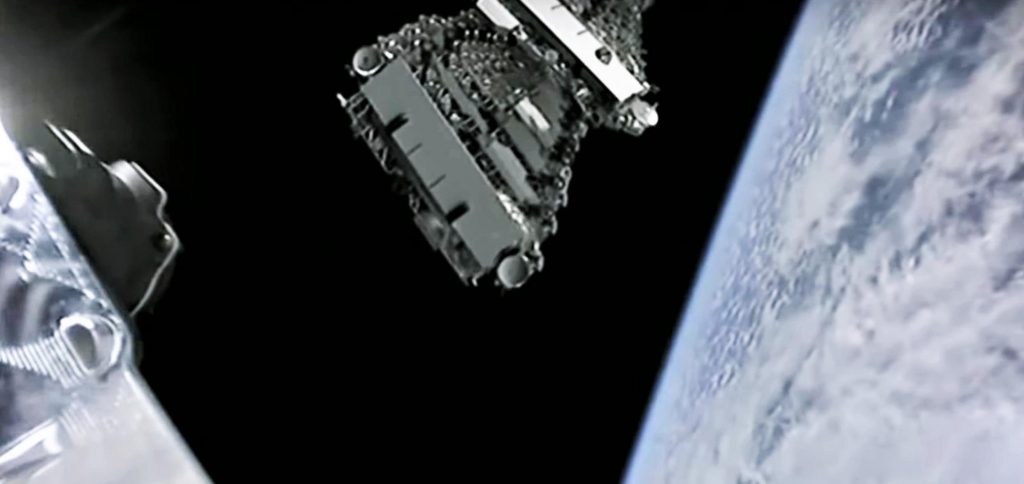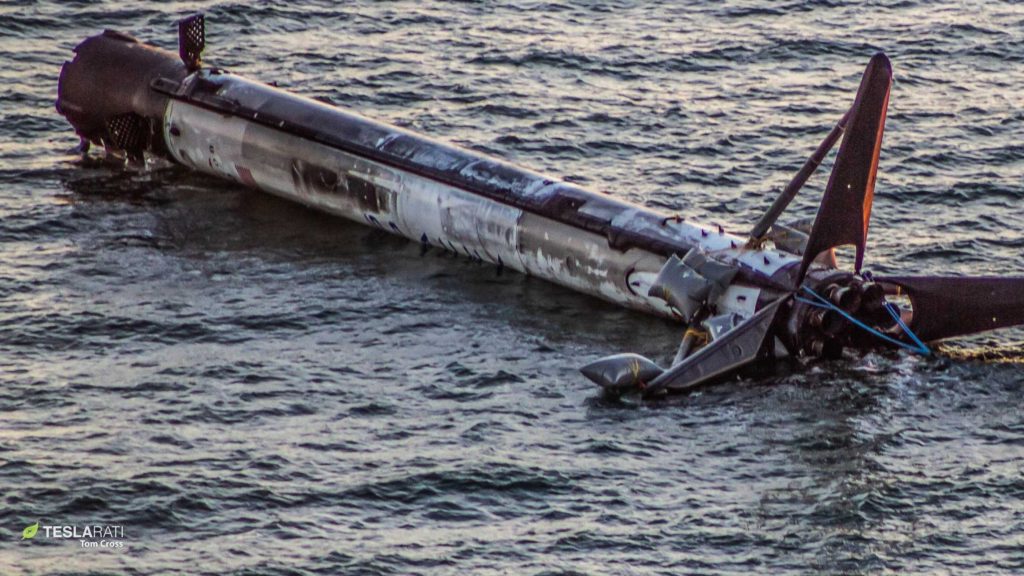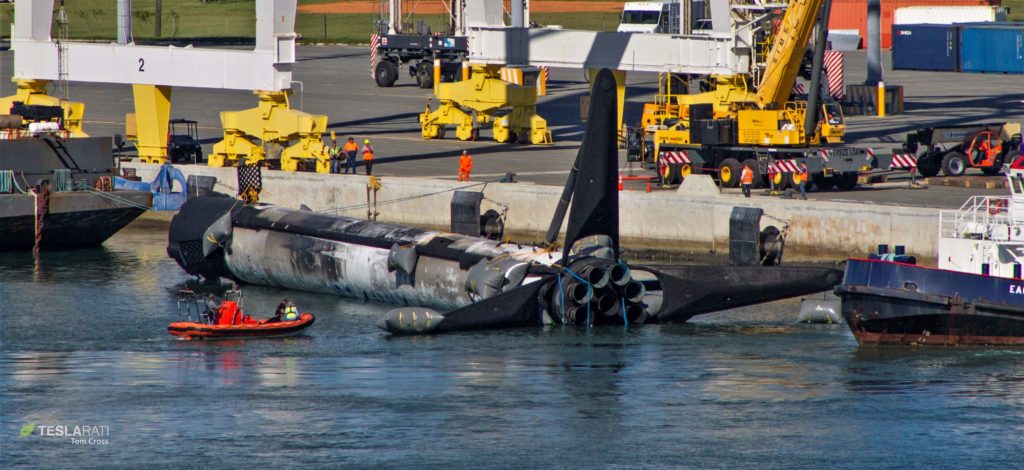SpaceX has successfully completed its fifth launch of 60 Starlink communications satellites but suffered a surprising landing failure, an exceedingly rare reminder of just how quickly the company has made Falcon rocket reusability feel routine.
As previously discussed, despite the booster’s apparent demise in the Atlantic Ocean, SpaceX did nevertheless break its internal turnaround record with Falcon 9 B1056, launching the booster twice in just 62 days. While unfortunate, it’s important to remember that today’s Starlink mission (Starlink V1 L4) was B1056’s fourth launch in 10 months – an extraordinarily productive career relative to any other orbital-class rocket in existence.
Still, the fact remains that even in a best-case scenario, B1056 has probably reached an early grave and is unlikely to support any future launches. The Falcon 9 booster’s missed landing is the first in almost 15 months and the second to fail because of inaccurate navigation. Based on an uninterrupted live feed provided by drone ship Of Course I Still Love You (OCISLY), there is even a chance that SpaceX’s last Falcon 9 landing failure will be precisely replicated, meaning that another booster could very well be stranded – intact – at sea.

Back in December 2018, Falcon 9 booster B1050 successfully completed the primary goal of its launch debut, sending SpaceX’s CRS-16 Cargo Dragon spacecraft and a Falcon upper stage on their way to orbit. Around seven minutes after liftoff, it became clear that something was wrong with the booster as it began to spin about in an unusually violent manner. About a minute later, still spinning, the Falcon 9 booster deployed its landing legs and performed a nearly flawless soft landing. The only problem: B1050’s soft landing occurred in the Atlantic Ocean instead of the actual target, one of SpaceX’s two Cape Canaveral landing pads (LZ-1/2).


As a result, the Block 5 booster found itself almost entirely intact and floating in the Atlantic Ocean. Because it was just a handful of miles away from Port Canaveral, SpaceX was able to rapidly dispatch a recovery team and eventually managed to bring the booster back into port and onto dry land a few days after its landing anomaly. While CEO Elon Musk indicated at the time that there was at least a chance B1050 could be refurbished for another flight, the booster has unsurprisingly not launched again and probably never will. Falcon 9 may be designed to tolerate extreme weather but “submersion in seawater” is undoubtedly a major stretch.
Still, the point is that there’s a good chance that Falcon 9 B1056 is more or less intact in the Atlantic Ocean after its inaccurate – but seemingly controlled – February 17th landing. Given that B1056, drone ship OCISLY, and support ship GO Quest are all some 630 km (390 mi) from Port Canaveral, there is almost no chance that SpaceX will go to the extraordinary effort of dragging a floating B1056 – even if perfectly intact – all the way back to Florida. It’s not an impossibility, however.

Based on the fact that B1056 kicked up visible sea spray just a few hundred feet from OCISLY’s deck, as well as the distinct lack of an obvious explosion, it looks likely that the Falcon 9 booster suffered some kind of navigational failure. It’s possible that it experienced the same hydraulic failure that disabled B1050’s four grid fins, but a new kind of failure – like anomalous GPS readings, a broken laser altimeter, failed Merlin 1D engine thrust vectoring, or something more complex – could be the ultimate source of the missed landing.
Regardless of whether parts or the entirety of the booster can be recovered, SpaceX will almost certainly learn a lesson (or several) from Falcon 9 B1056’s premature demise, hopefully allowing future rocket landings to avoid the same fate. Most importantly, today’s primary objective – placing 60 new Starlink satellites in orbit – was a flawless success, even if B1056’s loss is still a blow. SpaceX’s next Falcon 9 launch is currently scheduled no earlier than (NET) March 2nd and is unlikely to be delayed by today’s events.
Check out Teslarati’s newsletters for prompt updates, on-the-ground perspectives, and unique glimpses of SpaceX’s rocket launch and recovery processes.

(adsbygoogle = window.adsbygoogle || []).push({});
<!–
–>
var disqus_shortname = «teslarati»;
var disqus_title = «SpaceX nails Starlink launch but narrowly misses landing after fastest booster reuse yet»;
var disqus_url = «https://www.teslarati.com/spacex-starlink-launch-missed-landing-fastest-reuse/»;
var disqus_identifier = «teslarati-130427»;

